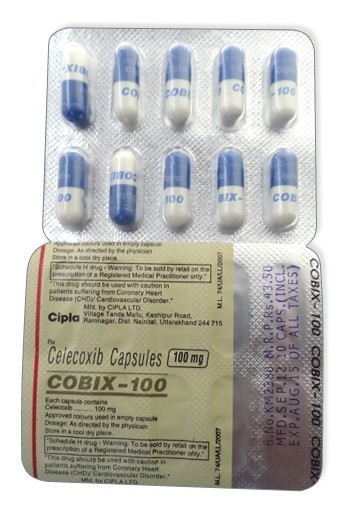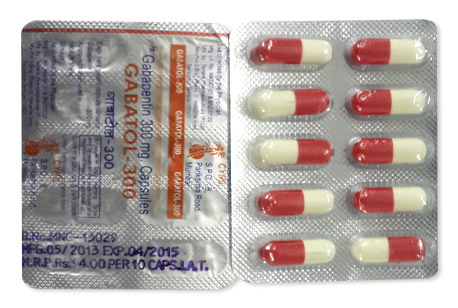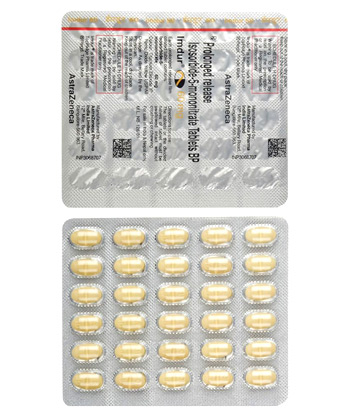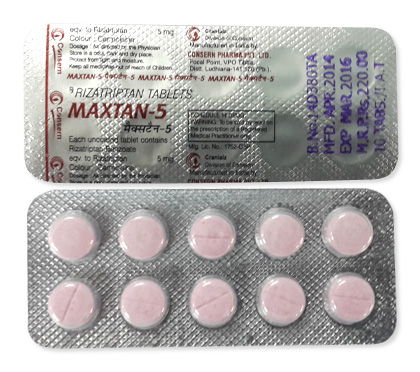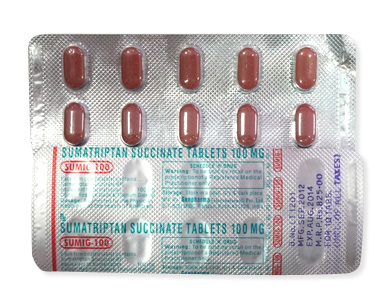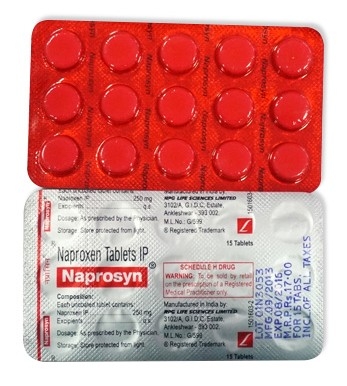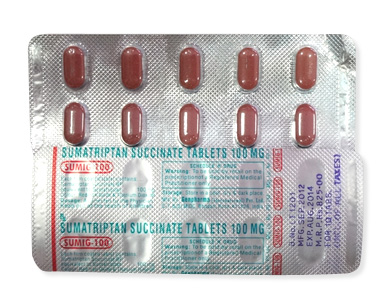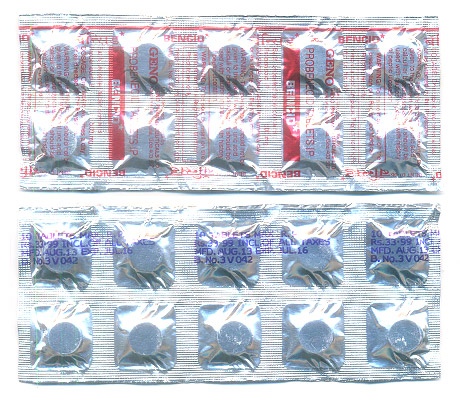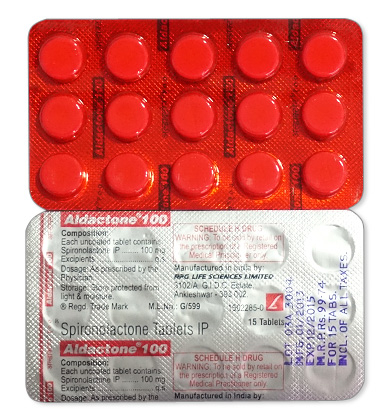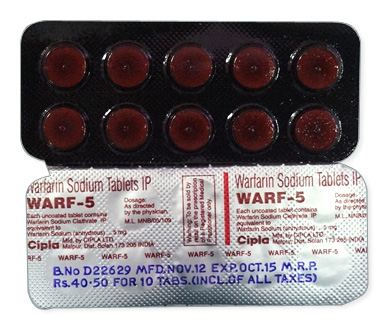Panadol
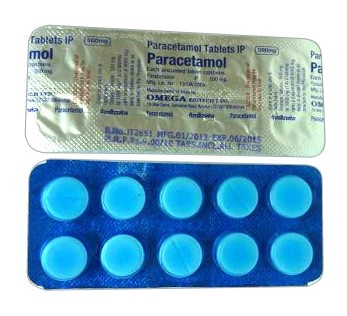
Panadol
- Panadol (paracetamol/acetaminophen) is available over-the-counter without prescription in most countries for oral and rectal forms; intravenous formulations require a prescription.
- Panadol is used to relieve pain and reduce fever. Its mechanism involves inhibiting COX enzymes in the central nervous system to reduce prostaglandin production, offering analgesic and antipyretic effects.
- For adults/adolescents ≥12 years: 500–1000mg every 4–6 hours, max 4000mg daily. Children 6–12 years: 250–500mg every 4–6 hours (max 60mg/kg/day). Dosages vary by weight and formulation.
- Available forms include tablets/caplets (325mg–1g), syrups (120–250mg/5ml), suppositories (80–500mg), chewable tablets (80–160mg), effervescent/soluble tablets (500mg–1g), and IV solution.
- Onset of action occurs within 30–60 minutes after oral administration.
- Effects last 4–6 hours per dose, requiring repeated dosing for sustained relief.
- Avoid alcohol consumption during use, as it significantly increases the risk of liver damage and toxicity.
- Most common side effects include nausea, stomach upset, and rare mild allergic reactions like itching or rash. Severe side effects (e.g., liver failure) only occur with overdose.
- Would you like to try fast-acting Panadol for effective pain and fever relief without needing a prescription?
Basic Panadol Information
| Category | Details |
|---|---|
| International Nonproprietary Name | Paracetamol |
| Australian Brand Names | Panadol, Herron, Chemists' Own |
| ATC Code | N02BE01 |
| Available Forms | Tablets (500mg), caplets, soluble tablets, children's syrup, suppositories |
| Primary Manufacturer | Haleon (formerly GSK Australia) |
| Registration Status | TGA-approved medicine |
| Classification | Over-the-counter (OTC) |
Panadol is Australia's top-selling paracetamol-based pain reliever found in almost every pharmacy and supermarket. Different formulations suit various needs, whether you're managing headaches with standard tablets or helping children with flavored syrups. This medicine solely contains paracetamol - unlike combination products like Panadol Extra. You'll typically find it in packs ranging from 20 to 100 tablets or blisters. Its Therapeutic Goods Administration registration ensures it meets strict safety standards nationwide.
How Panadol Works in Your Body
Panadol targets pain signals in your central nervous system by inhibiting COX-2 enzymes in the brain and spinal cord. This reduces prostaglandin production, the chemicals that trigger pain and fever sensations. When taken orally, it reaches peak concentration within 30-60 minutes and typically processes within 1-3 hours.
Your liver handles most metabolism through glucuronidation. This process creates non-toxic compounds that kidneys eliminate. Unlike anti-inflammatory medicines such as ibuprofen, Panadol doesn't significantly reduce inflammation or irritate your stomach lining. This makes it suitable when gastric sensitivity is a concern.
Several interactions require caution. Combining Panadol with warfarin may increase bleeding risks, while alcohol consumption before or after doses escalates hepatotoxicity danger. Always monitor concurrent medicine use with your pharmacist.
Common Conditions Panadol Treats
In Australia, Panadol carries TGA approval for two primary purposes: fever reduction and management of mild-to-moderate pain. Headaches, dental discomfort, period cramps, and musculoskeletal soreness all respond well to paracetamol treatment. Many Australians also safely use it for off-label purposes like post-vaccination fevers or arthritis pain management alongside physiotherapy.
Healthcare professionals routinely recommend Panadol for sensitive populations. During all pregnancy trimesters, it's categorized as safe (Category A) when used appropriately. Paediatricians favour it for childhood fevers since unlike aspirin, it doesn't carry Reye's syndrome risks. For elderly patients managing chronic pain, Panadol is usually the first-choice analgesic due to its gentler side effect profile.
Dose Recommendations for All Ages
Adults and adolescents over 50kg: Take 500-1000mg every 4-6 hours when needed, not exceeding 4000mg (4 grams) daily. This equals eight regular 500mg tablets spread throughout the day.
Children aged 6-12 years: Dose between 250-500mg per administration, maintaining four-hourly intervals. The daily limit is 60mg per kilogram of the child's body weight.
Toddlers 1-5 years: Use paediatric syrup containing 120mg per dose every 4-6 hours, limited to four doses per 24 hours. Always measure with the syringe provided.
Those with kidney or liver impairments require adjusted regimens. Hepatotoxicity risks mean limiting intake to maximum 2000mg per day. Swallow tablets whole with water to ensure consistent absorption. Remember that accidental double-dosing causes half of Australia's paracetamol overdose incidents. Setting phone reminders prevents overlapping doses.
Safe Medicine Handling Practices
- Storage: Keep packs below 25°C away from humidity - not in bathrooms or cars
- Missed doses: Skip forgotten doses if close to next scheduled time; never take double amounts
- Overdose protocol: Call Triple Zero (000) immediately for any suspected overdose - every minute matters for antidote effectiveness
- Child protection: Always reseal child-resistant packaging and store out of reach
- Disposal: Return expired medicines to pharmacy take-back programs
Proper placement prevents most childhood ingestion accidents, which account for three-quarters of Australia's preventable paracetamol incidents. Using products before their expiry date ensures consistent effectiveness, as degraded paracetamol loses potency. Remember that mixing Panadol with cold/flu combinations containing paracetamol risks unintentional overdose - always check active ingredients.
Panadol Contraindications & Safety Warnings
Panadol isn't suitable for everyone. Absolute red flags include allergies to paracetamol or any ingredients in Panadol formulations. Those with severe liver impairment must avoid it completely due to metabolism risks. Special precautions apply for people with chronic alcoholism, malnutrition (which depletes glutathione reserves needed for safe processing), or G6PD deficiency (posing rare hemolysis risks). Watch for danger signs like yellowing skin/eyes or dark urine, indicating potential liver stress. Critical insight: Liver damage occurs at doses above 7g/day in healthy adults, and 10g can be fatal - always follow package directions.
Panadol Side Effects: Common to Severe
Most Panadol users tolerate it well, but some experience mild nausea or stomach discomfort. Rarely, skin rashes or allergic reactions occur - discontinue immediately if these appear. Blood abnormalities like thrombocytopenia are exceptionally uncommon. The gravest risk is acute liver failure from overdose, sometimes requiring transplantation. Combining Panadol with alcohol dramatically escalates toxicity; maintain alcohol-free periods when using this medication. Liver damage symptoms include:
- Persistent nausea/vomiting
- Upper abdominal tenderness
- Unusual fatigue or loss of appetite
Panadol Patient Experiences & Reviews
Australian consumers frequently report positive Panadol experiences, with 89% rating it 7/10+ for headache relief on Drugs.com. Reviews highlight its quick migraine action (often within 30 minutes) and stomach-friendly profile compared to NSAIDs like ibuprofen. Some note the 4-hour effectiveness window requires redosing for persistent pain. Elderly users particularly appreciate soluble tablets for easier swallowing. Criticisms typically focus on the short duration rather than side effects. As one Melbourne user shared: "It's my first-line for tension headaches, but I switch to longer-acting options for dental pain."
Alternative Pain Relievers Comparison
Panadol works differently than other common analgesics. This comparison helps match pain types to appropriate treatments:
| Product | Key Difference | When It's Preferred |
|---|---|---|
| Panadol | Gentler on stomach/kidneys | General pain, fever, pregnancy, with blood thinners |
| Nurofen (ibuprofen) | Reduces inflammation | Arthritis, menstrual cramps, sports injuries |
| Aspro Clear | Faster absorption | Rapid migraine relief, dislike swallowing tablets |
For severe post-surgical pain, Australian health professionals often recommend alternating Panadol and ibuprofen every 3 hours for synergistic effects, subject to individual contraindications.
Australian Market Insights
Panadol sits on shelves in practically every Australian pharmacy - from giant chains like Chemist Warehouse and Priceline to local independent pharmacies. Unlike prescription meds, it's not PBS-listed. Pricing varies: small packs hover around $2.50-$3, while larger packs (20-100 tablets) cost up to $10. Travellers often grab convenient sachets while parents frequently choose syrups or suspensions like Panadol Children.
Seasonal demand spikes noticeably during winter cold/flu outbreaks and COVID-19 waves. Despite carrying identical active ingredients to cheaper generic paracetamol, Panadol outsells these alternatives roughly 3:1 nationwide. Brand recognition wins consumer trust repeatedly. Packaging innovations now focus heavily on child-resistant caps for safety and convenient formats for busy lifestyles. Over-the-counter dominance remains unchallenged.
Research & Clinical Updates
Recent clinical trials bring fresh insights into paracetamol applications. A 2023 JAMA study confirmed intravenous Panadol delivers effective post-surgery pain relief, particularly useful when oral options aren’t feasible. Conversely, 2024 research in The Lancet concluded Panadol provides no structural benefit for osteoarthritis patients despite easing discomfort.
Emerging trends include: - Enhanced palatability in paediatric liquids - Combination formulations like Panadol Extra (paracetamol + caffeine) gaining favour for migraine treatment - Rigorous toxicity monitoring via TGA’s ADRAC reports
The Therapeutic Goods Administration actively tracks hepatotoxicity cases quarterly while research explores targeted delivery systems for niche neurological applications.
Frequently Asked Questions
Can I drink alcohol with Panadol?
Avoid exceeding three standard drinks within 24 hours due to amplified liver strain.
Is Panadol safe at 39 weeks pregnant?
Yes, though limit intake to 3g daily. Always consult your obstetrician.
Why can’t kids under 12 take adult tablets?
Dosage inaccuracy risks overdose; weight-based syrups prevent this.
Can I take expired Panadol?
Discard expired products - degraded formulations lose potency and may form toxic compounds.
Does Panadol ease period pain?
Yes, significantly - pairing with heat packs boosts effectiveness.
Guidelines for Proper Use
Proper Panadol administration involves precise dosing protocols crucial for safety. Take tablets with water and stay upright for 10 minutes post-dose to prevent oesophageal irritation. Maintain four-hour intervals between doses irrespective of pain intensity.
Critical precautions: - Never combine with NSAIDs like ibuprofen without medical approval - Avoid alcohol consumption within four hours - Original-pack storage essential (bathrooms/cars cause degradation) - Read package inserts thoroughly - especially with comorbidities
Australians commonly misuse Panadol by doubling up with cold/flu combo products or prolonged unsupervised use. Pharmacist consultation prevents these hazardous scenarios; studies show approximately 62% of users neglect interval timing protocols risking liver injury.

